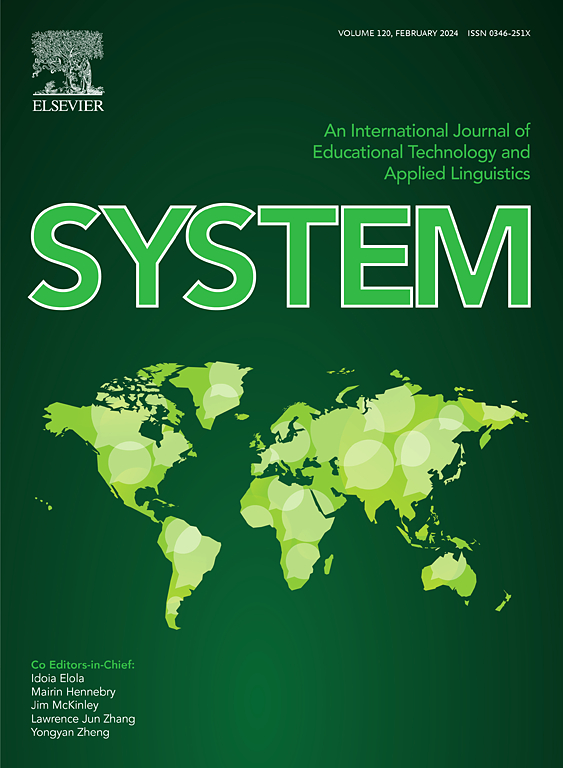Single-nucleus transcriptomes reveal the underlying mechanisms of dynamic whitening in thermogenic adipose tissue in goats
IF 7
1区 农林科学
Q1 Agricultural and Biological Sciences
引用次数: 0
Abstract
Thermogenic adipose tissue, both beige and brown, experiences whitening as animals are exposed to warmth and age, but the potential mechanisms are not fully understood. In this study, we employed single-nucleus RNA-seq to construct a cell atlas during whitening progression and identified the characteristics of thermogenic adipocytes. Our histological studies and bulk transcriptome gene expression analysis confirmed that both perirenal and omental adipose tissues (pAT and oAT) exhibited progressive whitening in goats. Compared to the classic brown adipocytes in mice, goat thermogenic adipocytes were more closely related in gene expression patterns to human beige adipocytes, which was also confirmed by adipocyte type- and lineage-specific marker expression analysis. Furthermore, trajectory analysis revealed beige- and white-like adipocytes deriving from a common origin, coexisting and undergoing the transdifferentiation. In addition, differences in gene expression profiles and cell communication patterns (e.g., FGF and CALCR signaling) between oAT and pAT suggested a lower thermogenic capacity of oAT than that of pAT. We constructed a cell atlas of goat pAT and oAT and descripted the characteristics of thermogenic adipocytes during whitening progression. Altogether, our results make a significant contribution to the molecular and cellular mechanisms behind the whitening of thermogenic adipocytes, and providing new insights into obesity prevention in humans and cold adaptation in animals.单核转录组揭示了山羊热源性脂肪组织动态增白的潜在机制
当动物暴露于温暖和年龄时,米色和棕色的产热脂肪组织都会变白,但潜在的机制尚不完全清楚。在这项研究中,我们使用单核RNA-seq构建了增白过程中的细胞图谱,并确定了产热脂肪细胞的特征。我们的组织学研究和大量转录组基因表达分析证实,山羊肾周和网膜脂肪组织(pAT和oAT)都表现出进行性白化。与小鼠的经典棕色脂肪细胞相比,山羊产热脂肪细胞在基因表达模式上与人类米色脂肪细胞更密切相关,这也被脂肪细胞类型和谱系特异性标记表达分析所证实。此外,轨迹分析显示米色和白色样脂肪细胞来自一个共同的起源,共存并经历了转分化。此外,oAT和pAT之间的基因表达谱和细胞通讯模式(如FGF和CALCR信号传导)的差异表明,oAT的产热能力低于pAT。我们构建了山羊pAT和oAT的细胞图谱,并描述了产热脂肪细胞在增白过程中的特征。总之,我们的研究结果为热源性脂肪细胞增白背后的分子和细胞机制做出了重大贡献,并为人类肥胖预防和动物冷适应提供了新的见解。
本文章由计算机程序翻译,如有差异,请以英文原文为准。
求助全文
约1分钟内获得全文
求助全文
来源期刊

Journal of Animal Science and Biotechnology
AGRICULTURE, DAIRY & ANIMAL SCIENCE-
CiteScore
9.90
自引率
2.90%
发文量
822
审稿时长
17 weeks
期刊介绍:
Journal of Animal Science and Biotechnology is an open access, peer-reviewed journal that encompasses all aspects of animal science and biotechnology. That includes domestic animal production, animal genetics and breeding, animal reproduction and physiology, animal nutrition and biochemistry, feed processing technology and bioevaluation, animal biotechnology, and meat science.
 求助内容:
求助内容: 应助结果提醒方式:
应助结果提醒方式:


